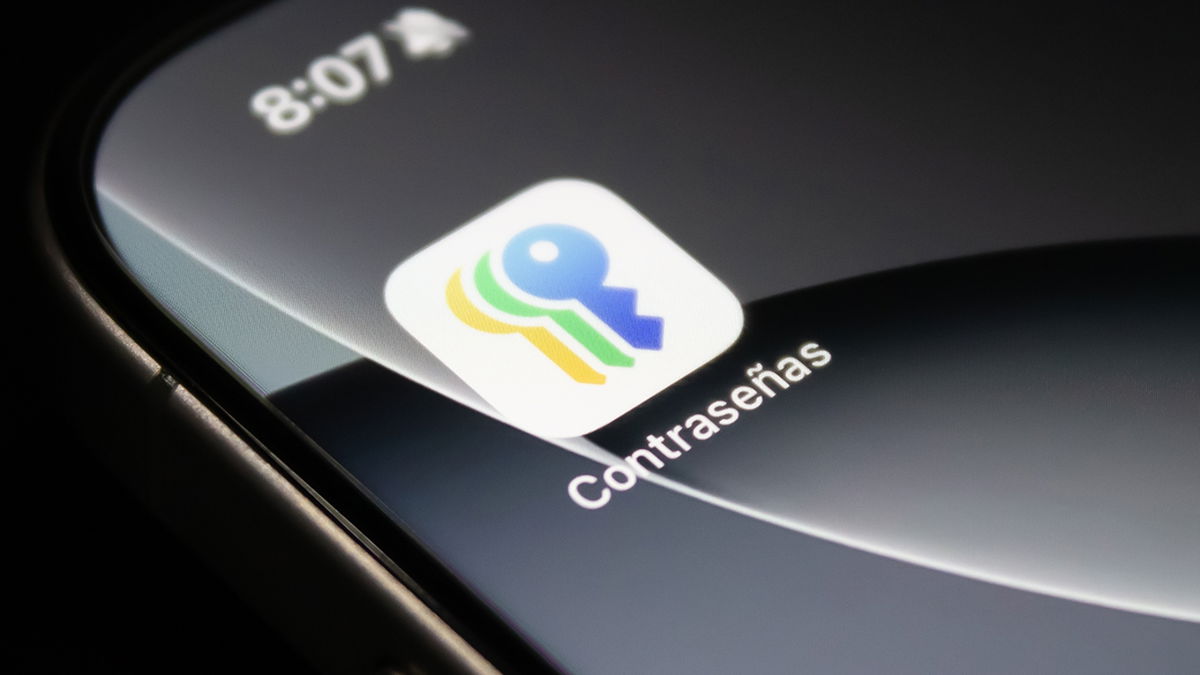When it comes to the amount of RAM (which Apple calls “unified memory” in its A- and M-series chips) in Apple’s iPhones, iPads, and Macs, there’s a disconnect between what users want (more) and what Apple thinks you need (less). Apple hasn’t changed its stance, but its own upcoming innovations are forcing it to finally do what users are asking for.
Take for example a recent report on Weibo from Taiwan. “Mobile Phone Expert,” which has made accurate reports in the past, said that next year’s iPhone 17 will have 12GB of RAM. That’s more than the current 8GB of the iPhone 15 Pro and the upcoming iPhone 16, which will be unveiled at the Glowtime event on September 9. The reason for the increase: Apple Intelligence.
AI is typically CPU intensive, which is why many AI implementations are looking to the cloud. However, Apple wants to run as many Apple Intelligence features as possible on the iPhone, iPad, and Mac to maintain user privacy. That means it has to configure its hardware to accommodate AI, which means increasing the amount of RAM in its devices.
In its initial compatibility list for Apple Intelligence, Apple lists devices that all have at least 8GB of memory, which is the minimum needed to run AI features. So why the jump to 12GB in the iPhone 17? Presumably so that more on-device functions can be run; an 8GB device would likely need to turn to the cloud for AI processing more frequently. Apple is gradually rolling out its first round of Apple Intelligence features over the coming months, so it’s safe to assume that a new round of features will be unveiled for iOS 19 next year.
Apple is also rumored to be increasing the amount of RAM in the M4 for Macs. The upcoming iPad mini will likely also get an 8GB RAM bump, which is twice as much as the current model’s 4GB. On-device AI processing seems to be a top priority for Apple — it’s a key differentiator for its AI implementation compared to others. And with AI, users might finally get what they’ve been wanting for a while.







